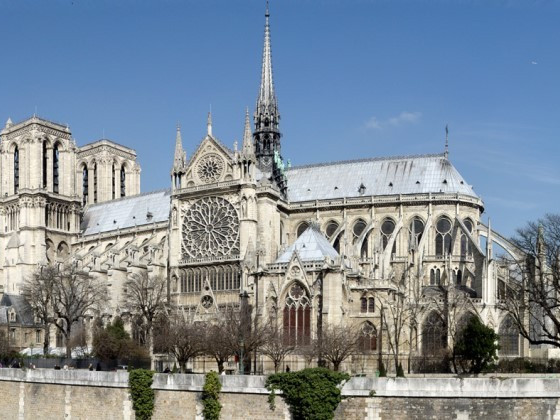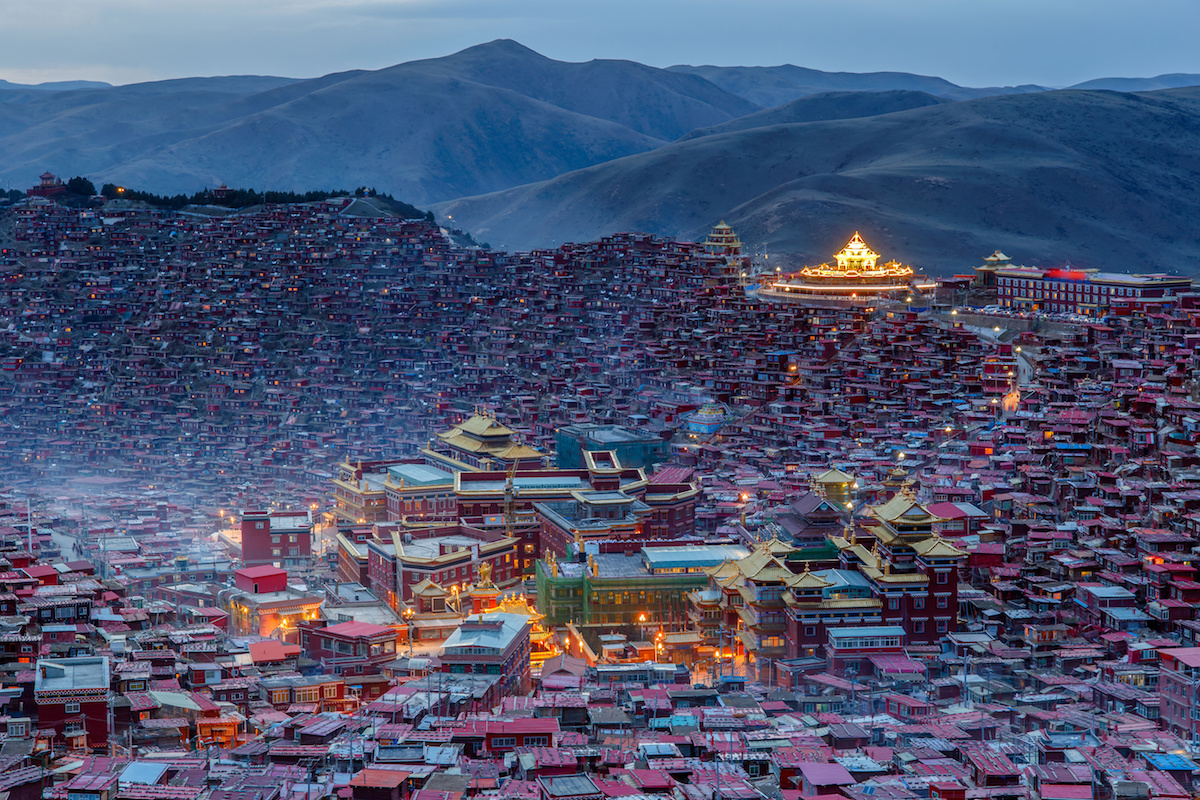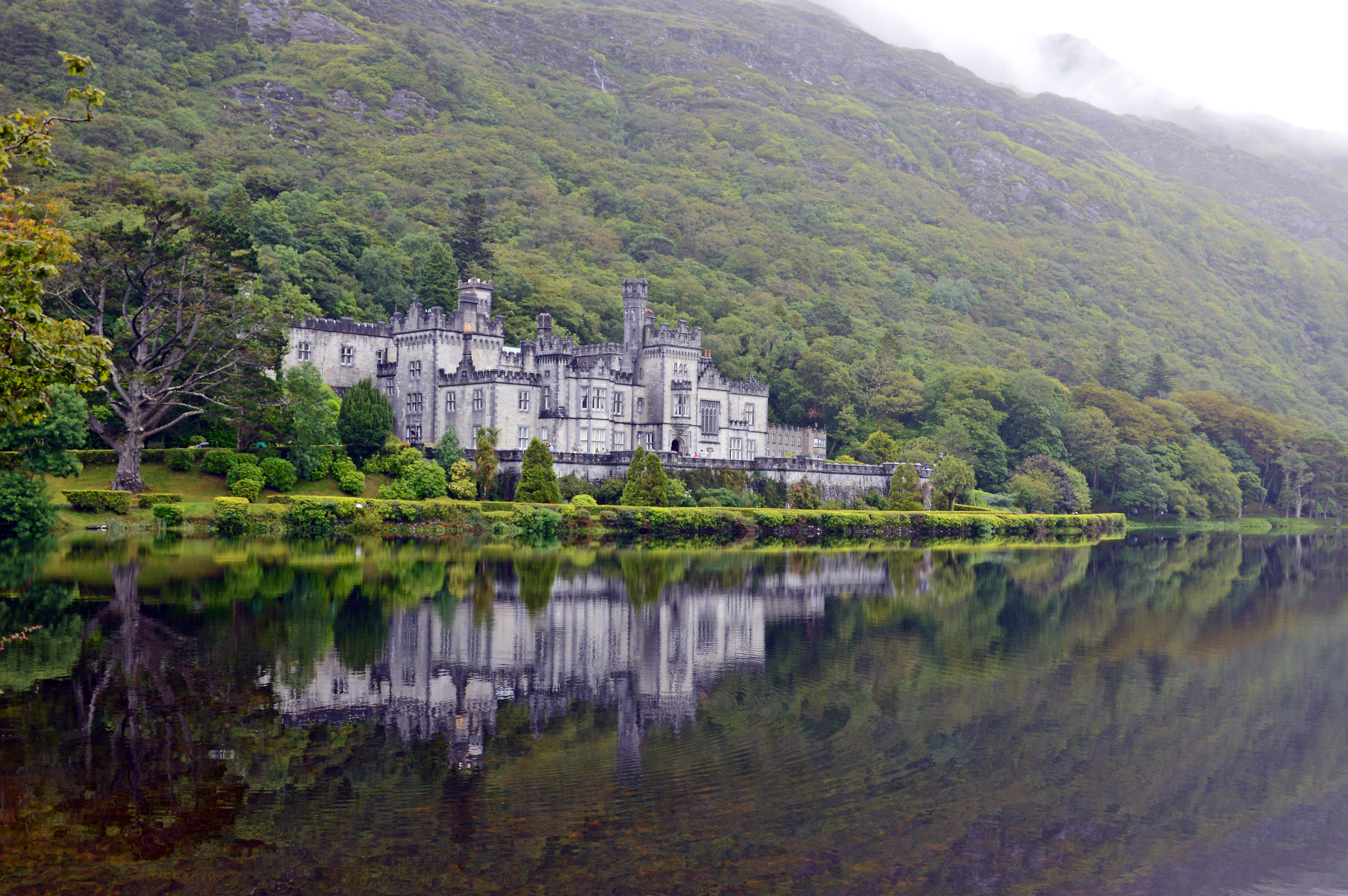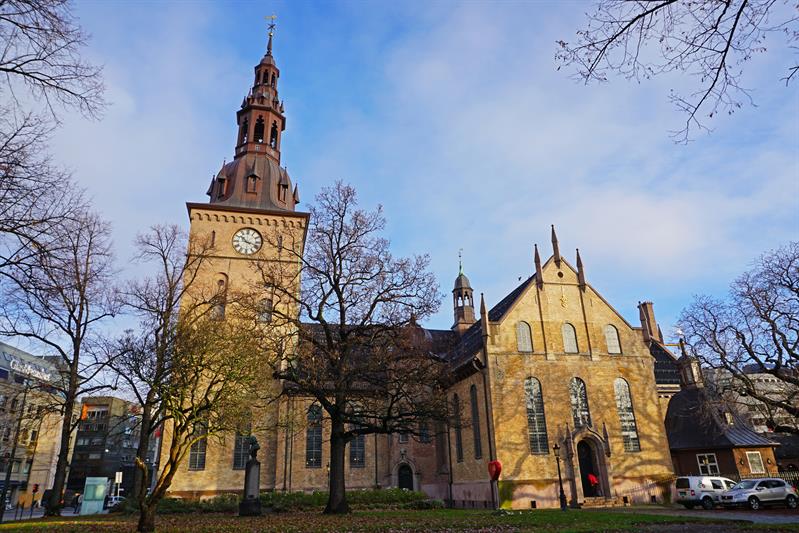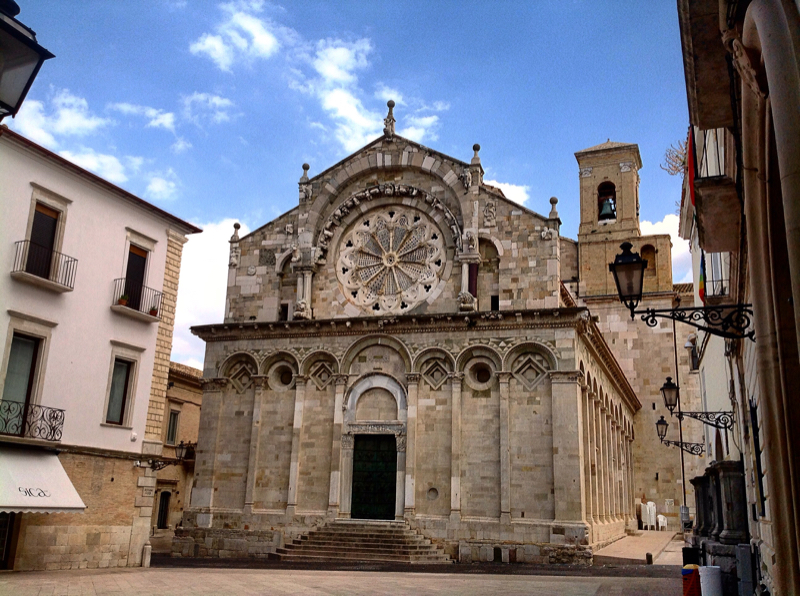Notre Dame de Paris, literally "Our Lady" of Paris with reference to Our Lady, is one of the most beautiful, large and famous Gothic cathedrals in France.
It is a cathedral for use by the Catholic Church, located in the eastern part of the Île de la Cité, the historical cradle of the city of Paris, a cathedral that has been subject, over the years, to various modifications and partial destruction, including vandalism, such as the beheading of the statues of some saints; there was a period when the church was even used for storing fodder and food and vandalism and looting in a structure in a state of continuous neglect were quite frequent.
The construction of the cathedral was started in 1163 following the demolition of St. Stephen’s Cathedral, where a Roman temple once stood, and it took about two centuries of work to complete and, at a certain point in its history, there was also talk of its demolition at the beginning of the 19th century due to its state of decay. It was thanks to the famous novelist Victor Hugo that the cathedral was saved from destruction because the writer, with his novel "Notre-Dame de Paris", obtained the public attention of the time and therefore the necessary funds to save its fate.
During the visit of Notre Dame, do not miss the treasure of Notre-Dame, consisting not only of crosses and chalices, but also very important relics, a thorn from the crown that encircled the head of Christ, a nail and a piece of the cross of Christ and the coronation cloak of Napoleon I. The cathedral has a rectangular plan, is 128 m long and has a western façade which is one of the most popular parts of the church; this façade is full of decorative elements and can be divided into a few horizontal sections: the 3 portals at the base, the Kings Gallery, the rose window and the 2 Twin Towers.
